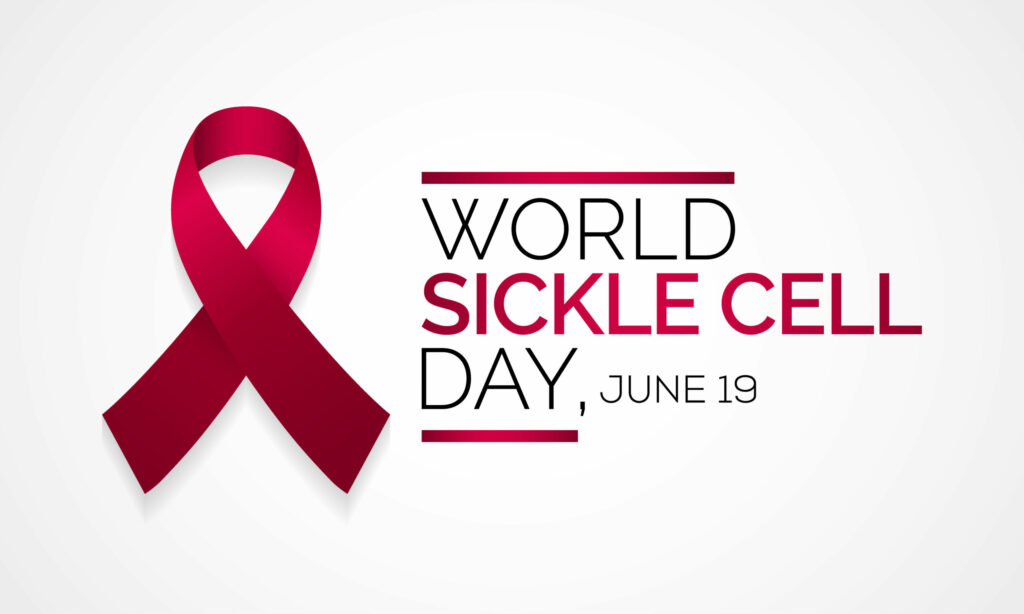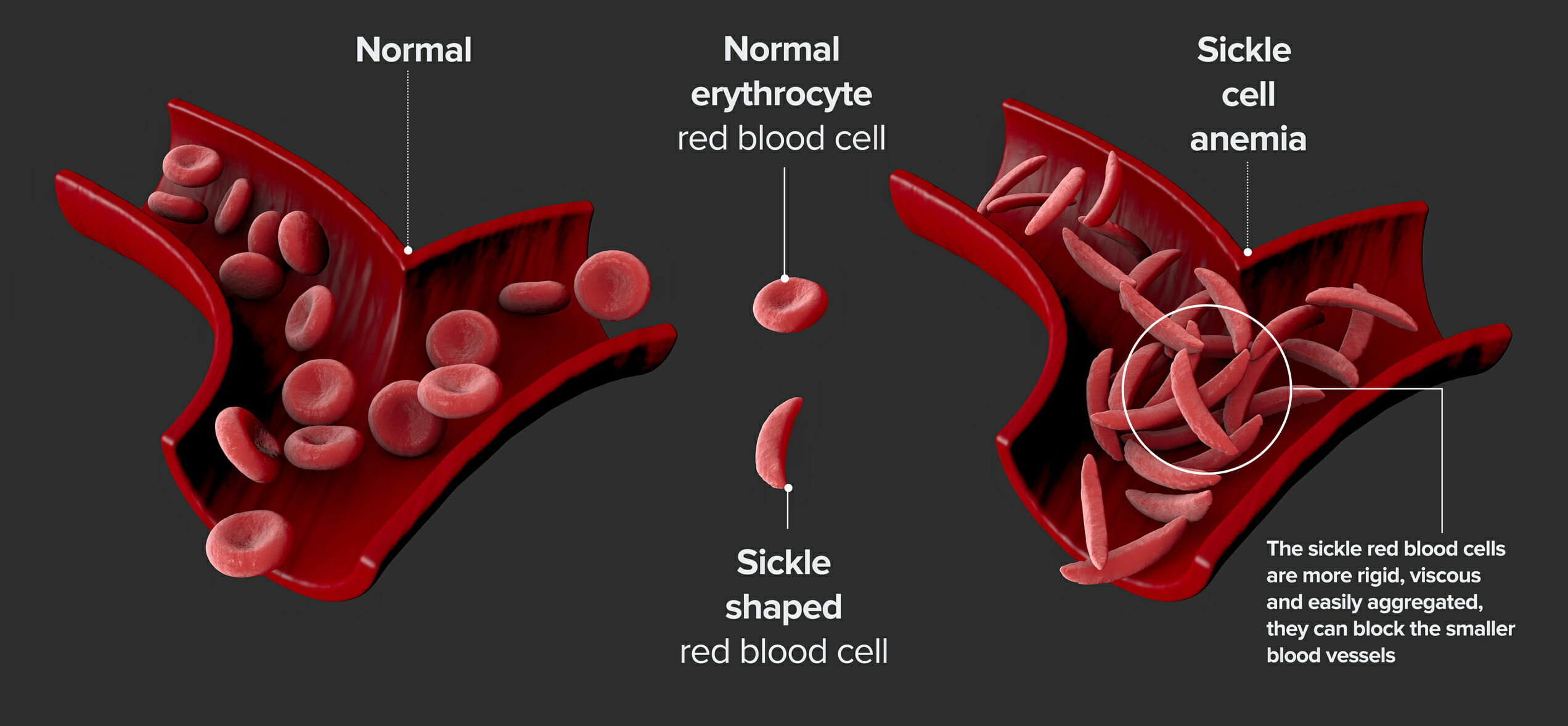Date: June 19, 2025
World Sickle Cell Day: Raising Awareness, Saving Lives

Sickle cell disease is a silent struggle, but awareness can provide hope. Early detection and proper management can significantly improve the quality of life.
Why This Day Matters
- Over 300,000 babies are born with sickle cell disease globally each year
- It is most common in people of African, Middle Eastern, and Mediterranean descent
- Early diagnosis can help prevent serious complications
- Sickle cell disease leads to frequent pain crises, organ damage, and even premature death
- With proper care, individuals with sickle cell disease can live a longer, healthier life
Silent Yet Serious: Symptoms You Shouldn’t Ignore
Sickle cell disease often goes undiagnosed until a crisis occurs. Watch for the following symptoms:
- Unexplained pain episodes (commonly in the chest, abdomen, or joints)
- Fatigue or weakness
- Shortness of breath
- Pale or yellow skin
- Swelling in the hands or feet
- Frequent infections or delayed growth in children
Know Your Risk Factors
You are at higher risk if:
- You inherit the sickle cell gene from both parents (sickle cell anemia)
- You inherit the sickle cell trait from one parent (carriers may not have symptoms but can pass on the disease)
- You are of African, Middle Eastern, or Mediterranean descent
- You have a family history of sickle cell disease or trait
Preventive Actions You Can Take
Although there is no cure for sickle cell disease, certain actions can help manage it:
- Stay hydrated to prevent pain crises
- Manage stress and maintain a healthy lifestyle
- Follow a balanced diet rich in vitamins and minerals
- Regularly attend medical check-ups to monitor health
- Use pain management techniques as prescribed by a healthcare provider
How Sickle Cell Disease is Diagnosed

Doctors may use the following for diagnosis:
- Blood tests to check for abnormal hemoglobin
- Newborn screening tests (in many countries, screening for sickle cell disease is routine)
- Genetic testing to identify carriers or those with sickle cell disease
Treatment Options
Treatment for sickle cell disease focuses on managing symptoms and complications:
- Pain management (pain-relieving medications, hydration)
- Blood transfusions to increase healthy red blood cells
- Hydroxyurea therapy to reduce pain crises
- Bone marrow or stem cell transplants in severe cases
- Preventive treatments such as antibiotics to prevent infections
Support Matters: How You Can Help
- Raise awareness by sharing facts on social media
- Support patients by listening, helping with daily tasks, or joining support groups
- Donate to sickle cell research foundations
- Advocate for early screening and better treatment access in communities
What You Can Do Today
- Schedule a screening for sickle cell disease if you are at risk
- Share one fact about sickle cell disease with your friends or family
- Join a virtual awareness event or charity walk
- Educate others on the importance of early diagnosis and care
Your Awareness = Someone’s Lifeline
Every conversation about sickle cell disease can lead to earlier diagnosis.
Every effort to spread awareness can change someone’s life.
Every step you take can make a difference.
This World Sickle Cell Day, don’t just scroll—act.
Because someone, somewhere, needs your awareness to thrive.